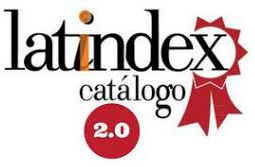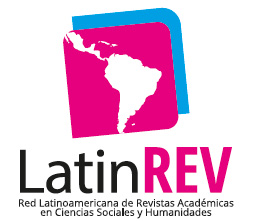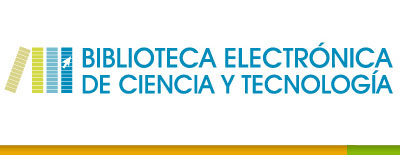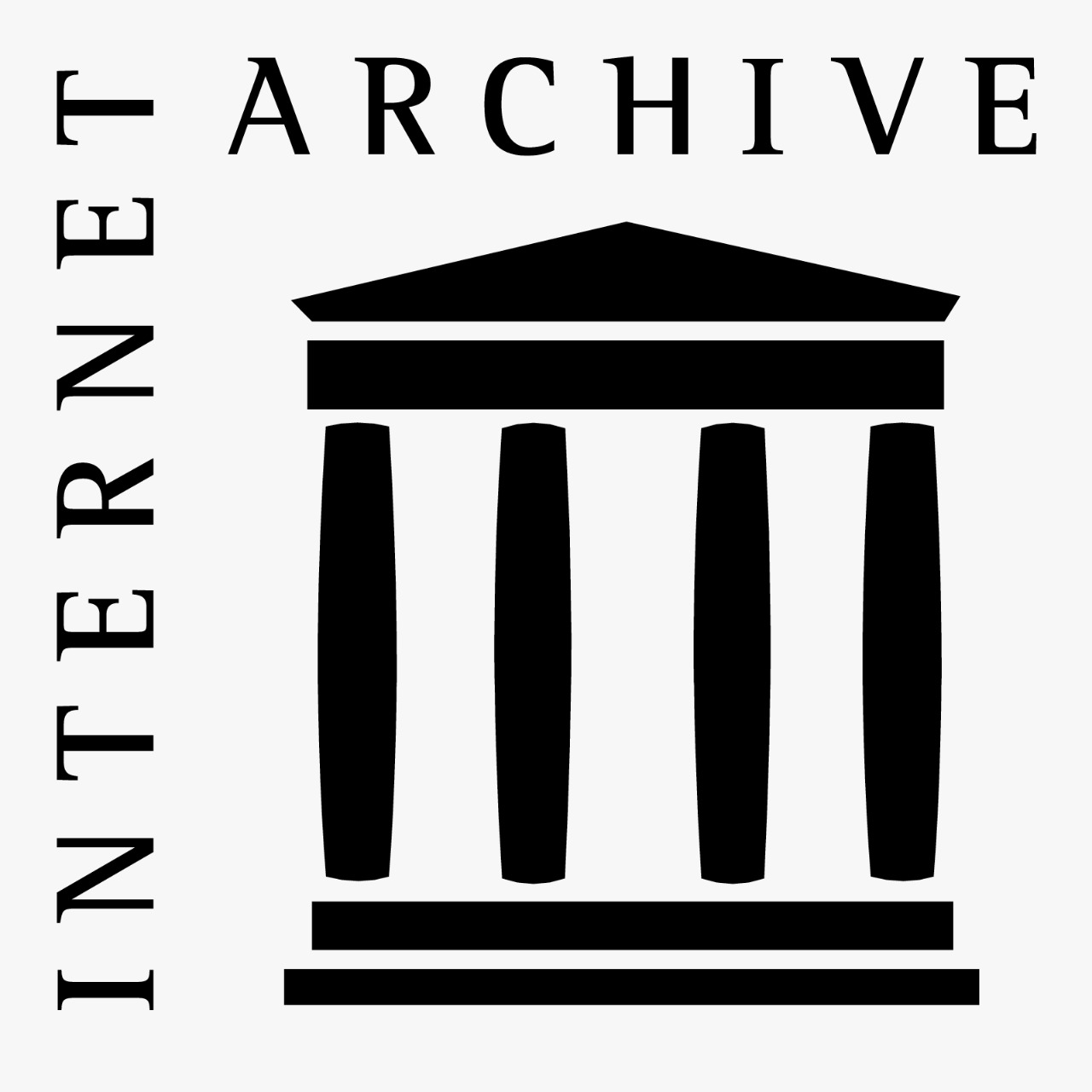Identity and social networks
Narrative construction of hypertextual self
Abstract
With the plethora of social networks, a new form of autobiographical narrative is becoming popular, in which technological elements are mixed with a new narrative. Among the major changes taking place in this new environment we can consider the extension of autobiographical narratives to an exponentially larger audience, even anonymous people; the technological mediation of the platforms, which follows a predefined kind of subject in terms of options allowed by the means of self-expression; and the leap from the virtual identity as a mean of concealment to a conception of the self-representation on the internet that operates under the principles of authenticity and interaction. As well, unlike other previous forms of expression, in these profiles we find that resources such as hypertext take a major part of the life story and the self-representation, which is embodied in a concept of online identity in which social and qualitative aspects prevail. This paper provides a comparative analysis—from a semiotic perspective— of different individual profiles on various social networks, both in content and in mediation techniques from different websites, relating them to the ability to implement a narrative construction of the subjectivity of the user, and also with other practices that interact with that ability, such as changes that take place in family or job, the existence of fragmented biographies, and to what extent there are assumptions that prevail in that construction (biographical consistency or collage format).
Downloads
References
Alonso, L. E., Fernández, C. J. (2006). El imaginario managerial: el discurso de la fluidez en la sociedad económica. En: Política y sociedad 43 (2), 127-151. Tomado el 12 de mayo de 2012 de: http://revistas.ucm.es/cps/11308001/articulos/POSO0606220127A.PDf
Brea, J. L. (2003, mayo-julio). Fábricas de identidad: retóricas del autorretrato. En: Exit, 10, 81-95. Tomado el 14 de abril de 2012 de: http://www.joseluisbrea.net/articulos/autorretrato.pdf .
Boltanski, L, Chiapello, E. (2002). El nuevo espíritu del capitalismo. Madrid: Akal. Butler, J. (2004). Lenguaje, poder e identidad. Madrid: Síntesis.
Castañares, W. (2009). “El uso de la fotografía en la autorepresentación de los sujetos en las redes sociales”. Ponencia presentada en el XXIV Congreso Internacional de Comunicación CICOM de la Universidad de Navarra.
Cooley, C. H. (1995). El yo espejo. En: CIC Cuadernos de información y comunicación 10, 13-26. Tomado el 12 de mayo de 2012 de: http://revistas.ucm.es/inf/11357991/articulos/CIYC0505110013A.PDF
Domínguez, M. (2008). Técnicas de subjetivación e interacción virtual en tiempo real. ¿Tienen algo en común Michel Foucault y los ‘chats’? (p. 49-72). En: I. Sádaba, A. Gordo, A. (coords.). Cultura digital y movimientos sociales. Madrid: Catarata.
Gergen, K. J. (2006). El yo saturado: dilemas de identidad en el mundo contemporáneo. Barcelona: Paidós.
Giddens, A. (1995). Modernidad e identidad del yo. Barcelona: Península.
Goffman, E. (1959). La presentación de la persona en la vida cotidiana. Buenos Aires: Amorrortu.
Himanen, P. (2001). La ética hacker y el espíritu de la sociedad de la información. Barcelona: Destino.
Illouz, E. (2007). Intimidades congeladas: las emociones en el capitalismo. Buenos Aires: Katz.
Lasén, A. (2006). Lo social como movilidad: usos y presencia del teléfono móvil. Política y sociedad 43 (2), 153- 167. Tomado el 18 de marzo de 2012 de: http://revistas.ucm.es/cps/11308001/articulos/POSO0606220153A.PDF
Mauss, M. (2009). Ensayo sobre el don. Buenos Aires: Katz. Marinas, J. M. (2001). La construcción discursiva de la identidad (p. 45-56). En: E. Crespo, C. Soldevilla (ed.). La constitución social de la subjetividad.
Madrid: Catarata.
Ricoeur, P. (1996). Sí mismo como otro. Madrid: Siglo XXI.
Rheingold, H. (1996). La comunidad virtual. Barcelona: Gedisa. San Cornelio, G. (2008). Arte e identidad en internet. Barcelona: Edit. UOC.
Scolari, C. A. (2004). “Hacer clic: hacia una semiótica de la interacciones digitales”. DeSignis 5, 73-84.
Tugendhat, E. (1996, abril). Identidad personal, nacional y universal. Ideas y valores 45 (100). Tomado el 25 de marzo de 2012 de: http://www.revistas.unal.edu.co/index.php/idval/article/download/8858/9502
Turkle, S. (1998). La vida en la pantalla: construcción de la identidad en la era de internet. Barcelona: Paidós.
Copyright (c) 2012 Vega Pérez-Chirinos Churruca

This work is licensed under a Creative Commons Attribution-NonCommercial 4.0 International License.
The authors retain the copyright and guarantee the journal the right to be the first publication of the work. In case that a translation of the article already published in Austral Comunicación can be published in another journal, it is requested to record the original publication in the translated version.
The license used is CC BY-NC-SA, which allows sharing (copying and redistributing the material in any medium and format) and adapting (remixing, transforming and building on the material) under the following terms: attribution (acknowledge authorship) and non-commercial (the material cannot be used for commercial purposes). Update: February 1, 2022.
Austral Comunicación allows the author (s) to retain the publication rights without restrictions.











































